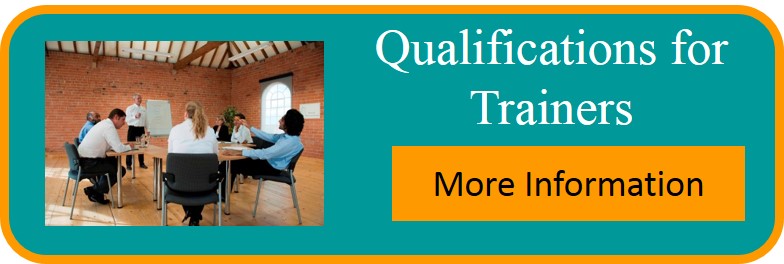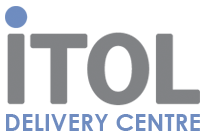
What are the most common mistakes an inexperienced or new trainer makes?
Thank you to everyone in the LinkedIn group Effective and Fun Training Techniques who shared their knowledge so we can benefit from it.
This is part four of your great work.
A facilitator needs to understand, in my opinion two important areas
ONE.
If you are facilitating an in-company course, understand your audience by researching what they do. Know their products and/or services and tailor your training to accommodate this.
TWO.
If you are facilitating a public or diverse group, establish EXPECTATIONS. There is no point in rigidly sticking to your outcomes if the audience will leave unsatisfied.
Johan Potgieter
Call to Action: Be adaptable with your audience.
Feeling that they’re not really training unless they’re doing all the work.
Some new trainers think they must be the centre of attention in the room. It takes experience and confidence to plan something trainee-centred and to be happy simply to support.
Lesley Roberts
Call to Action: Use the flipped classroom approach.
Many trainers fail to understand the relevance of the training programme and just go through it like a necessary process. They treat it as a stand alone program and fail to link it to the real time experiences which the participant group encounters.
Shylaja Gopal
Call to Action: Apply to real life situations.
One that I’ve seen is trainers answering a question to which they truly don’t know the answer, and therefore responding incorrectly. This diminishes credibility in a way which is difficult to recuperate.
Misty Rudolph
Call to Action: If you aren’t sure of the answer, say that to the group.
I have spent many years in the Industry before becoming a Trainer and I always felt that participants welcome when the Trainer shares their past experiences.
SRI VAHLSAN NAIR
Call to Action: Share your experiences with the learners.
They design the training based on their own learning style and fail to design for the various learning styles within their audience.
John Mulreid
Call to Action: Design for all learning styles.
Good trainers are able to take unexpected deviations in their stride, able to introduce variance confidently, welcome a break from the monotony of staying on the “chosen path” and introduce ad-hoc stuff to cater to the variable needs of the audience.
This only comes with experience, about being comfortable enough not just with the core content but with delivery that even flipping things around becomes BAU (business as usual) to them, despite the fact it may be completely unique to the attendees.
Dave Smith
Call to Action: Training is about each learner’s unique pathway. It demands total the trainer to work with complete authenticity.
Evaluating through ‘smile sheets’. Sadly they are generally an arrogant waste of the trees they are printed on????Dennis (Dixie) Lee
“Smile sheets” give a feel good factor.
Milind Kher
Call to Action: Be gentle on yourself – happy sheets are ‘reactionnaires’. You can’t please all the people all the time.
The actual training effectiveness can be gauged through actual performance post training.
Milind Kher
Call to Action: Apply Kirkpatrick’ evaluation levels to your training design. The real effectiveness is that the learner applies it when they are back at work.
The mistakes new facilitators make are the same as the mistakes experienced facilitators make; experience just makes those mistakes less frequent but far bigger.
If we don’t think we have anything to learn, we shouldn’t presume to help others to learn.
Ivor Randle
Call to Action – Repeat to yourself, often: “I am always doing that which I cannot do, in order that I may learn how to do it.” Pablo Picasso.
There will be more blogs to come on this subject.
If you are a new trainer or an experienced trainer, please let us know your thoughts in the comments box below.
If you enjoyed reading this blog, please share with your friends using the buttons below:








